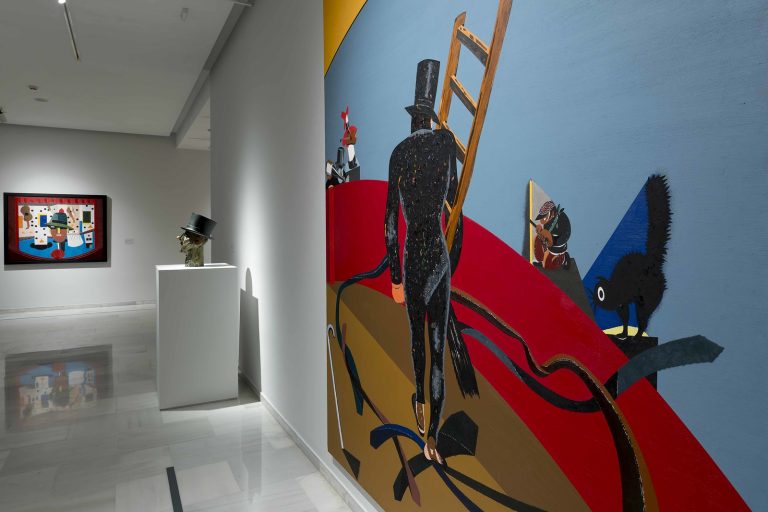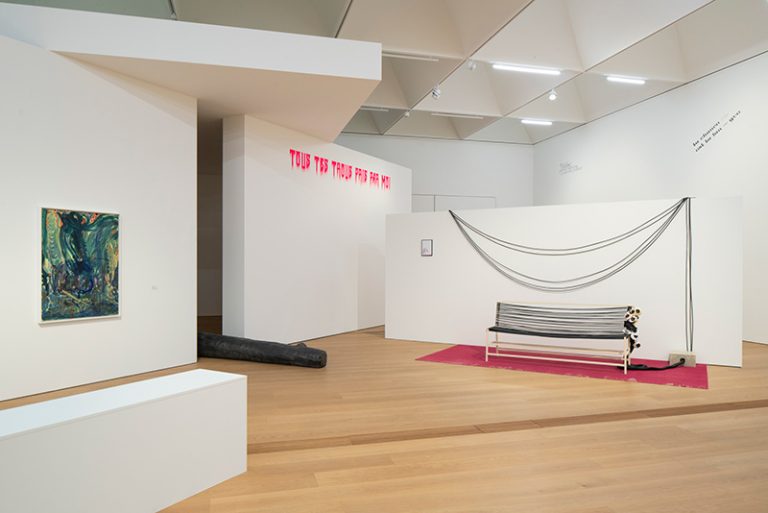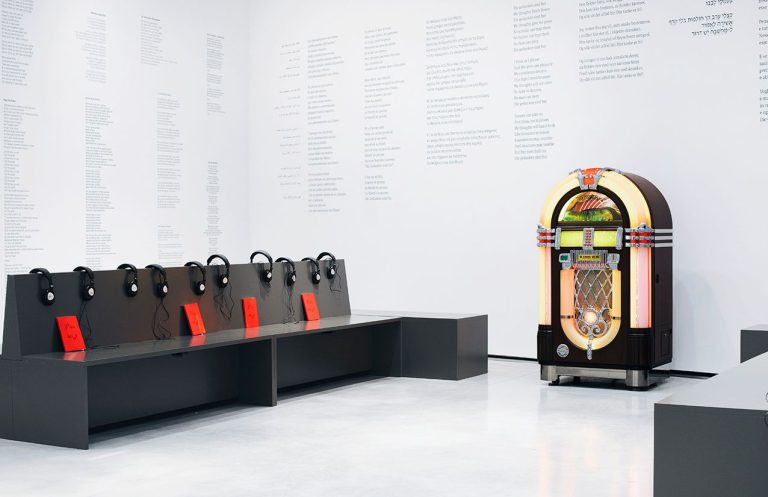Madrid,
He never considered himself an artist nor did he intend for his work to be driven by a consolidated, perhaps humanistic, discourse; Those who tried to convince him failed. But this absence of a defined theoretical basis did not prevent Elliott Erwitt from forging his own seal in his images based on the observation of what is close (for as long as necessary) and on humor and attention to leisure, play, the animal and the small; also to the gaze of the other, because the exercise of contemplation is essential in his work, as a method and as a motive.
Just a few months after his death, in November of last year, the Canal Foundation. Canal de Isabel II offers this author, American although born in Paris, what will be one of the fundamental exhibitions of PHotoESPAÑA, “The Human Comedy”, curated by the global director of exhibitions at Magnum Photos, Andrea Holzherr. It has 135 images, all of them from his personal archive, vintage gelatin silver copies on baryta paper and made in black and white, since Erwitt only worked in color on request; It is possible to establish, from this feature, a clear distinction between his most personal production and that which he carried out out of commitment. There is a reason: he equated the color photo with reality, and the one that lacked it, with emotion; The terrain of the latter, that of interpretation versus description, seemed much more interesting to him. Most of the compositions have a small format; He requested larger replicas of those he planned to send to exhibitions.
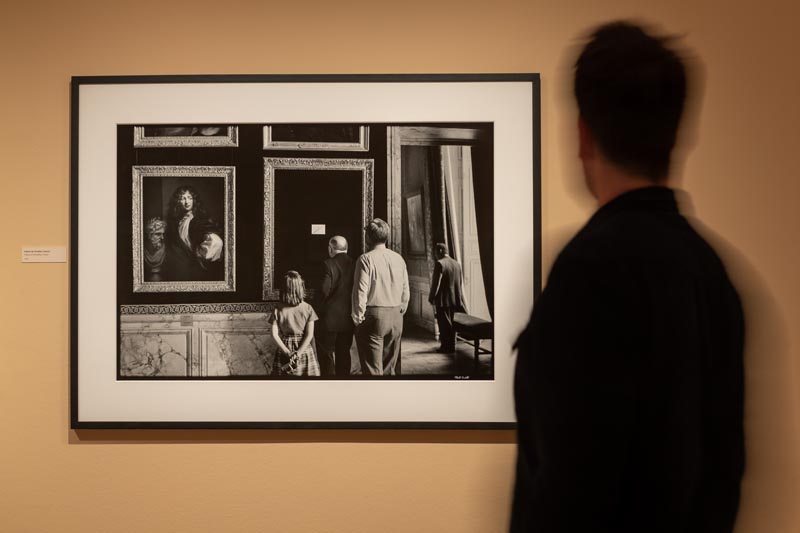
Born in 1928 to Russian parents, Erwitt lived his childhood between France and Italy before World War II broke out and, given his family's Jewish status, he emigrated to the United States. His first job linked to photography came as a teenager, in a Hollywood developing workshop, even before he studied at Los Angeles City College. Later, in New York, he would receive film classes in exchange for his hours as a janitor; At that stage, in his late twenties, he was able to discover the work of Man Ray, Kertész and Brassaï, broadening his horizons. It would be at that time, and in that city, when he began photographing strangers on the streets in dynamic and spontaneous scenes.
After completing his military service in Europe, and having become, in 1951, a recognized photographer, he surrounded himself again in New York with masters such as Steichen, Cartier-Bresson and Robert Capa; The latter invited him to join Magnum and Erwitt would hold relevant positions in the agency until serving as president twice, both in the sixties. His decisions there would be relatively controversial, as he opted for the firm's activities to open beyond journalism, towards the field of advertising and commissions: he himself worked for publications such as LIFE, Paris Match either holiday, even for Coca-Cola, while documenting divided Berlin, the effects of the Great Depression, American racial segregation or living conditions in post-war Italy and, later, Nixon rebuking Khrushchev or Jacqueline Kennedy mourning the murder of her husband. He also portrayed Fidel Castro, Grace Kelly, Truman Capote, Bob Dylan and Vera Miles, and made his forays, in the seventies, into film and television.
Those are not his most popular creations, but despite the harshness of many of those situations, this author's look prone to enjoyment and jokes were already there. The exhibition at Mateo Inurria is structured in three sections: a first dedicated to scenes starring people; a second focused on animals, mainly dogs, for which he experienced evident tenderness; and a last one in which there are no models with two or more legs, but rather forms, objects and fragmented compositions that draw our attention to its expressive potential; This last part, although Erwitt himself did not mind, shows a fully artistic and not just playful look, as capable of finding the comic as the (almost) abstract around him. In any case, the broadest section is the first, surely due to the photographer's constant curiosity towards the human in its broadest sense, an instinct that made it compatible with his shyness: Solitude in company, that's what I like. It's good to watch people from a safe distance.
Solitude in company, that's what I like. It's good to watch people from a safe distance.

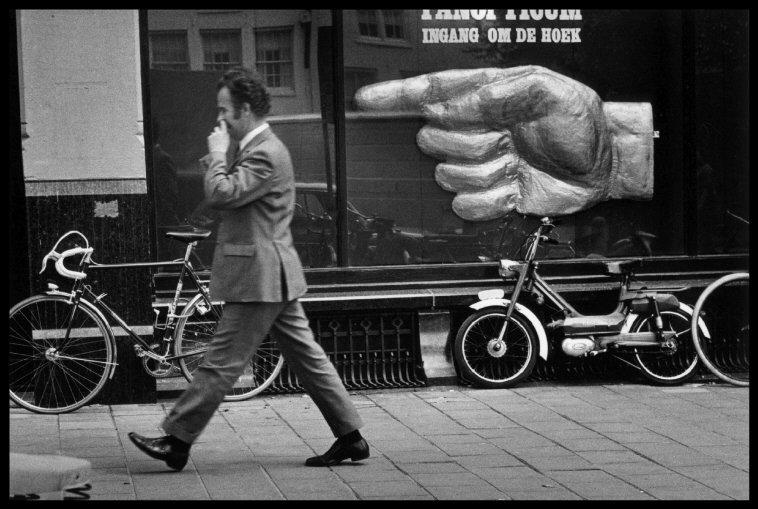
Although his were times when photographing passersby on the street did not imply a challenge or an affront to image rights, Erwitt carried discreet and manageable 35 mm cameras; In museums, where this activity was often prohibited, they were especially useful to avoid being noticed. A lover of the mirror mechanism that involves looking at those who look (and of finding tics when approaching or moving away from certain works of art), he turned his rooms, including those of the Prado, into one of his favorite settings. ; others were the beaches, surely because they detected a display of naturalness in behavior (and in bodies) impossible on the asphalt.
If this photographer had a gift, it was observation: he did not plan, nor did he allow himself to be guided by conscientious methods, but he had the necessary intuition to place himself in certain appropriate places and to wait for the right moment to capture; For the same reasons that he did not use color except out of necessity, he was not interested in objective reality, only that which offered an opportunity for enjoyment, irony bordering on humor or unexpected contrast. And they could meet him almost anywhere, especially if he did not start from preconceived ideas and simply reacted to what he saw: It's simply a matter of feeling things and shaping them. You just have to worry about what surrounds you and take into consideration humanity and human comedy. Her hands were especially talkative, the models rarely look straight ahead (that's what spontaneity has) and perhaps she focused more on the women, showing them in a greater variety of roles than was customary a few decades ago.
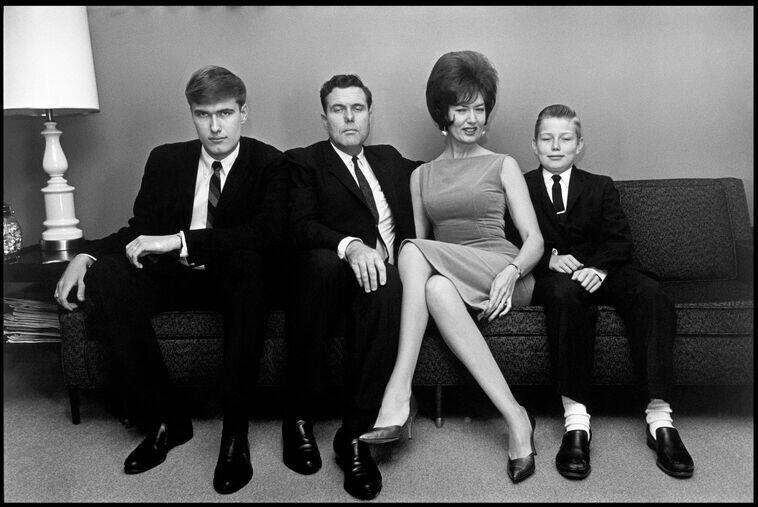
He maintained that way of looking, open to emotions and anecdotes, in his photographs dedicated to dogs and other animals: many of them were taken from their perspective, hence the abundance of human feet, and trying to capture as much as possible the way of being of the exemplar, but without humanizing it. He knew how to combine in these compositions love, respect (They are not photographs of dogs, they are dogs in photographs) and a certain pathos; The latter arises, above all, in those in which it also addresses the human condition, without ever using the animal in a subaltern position. In any case, they offer a simpler and kinder vision of reality and cannot fail to express its endearing condition.
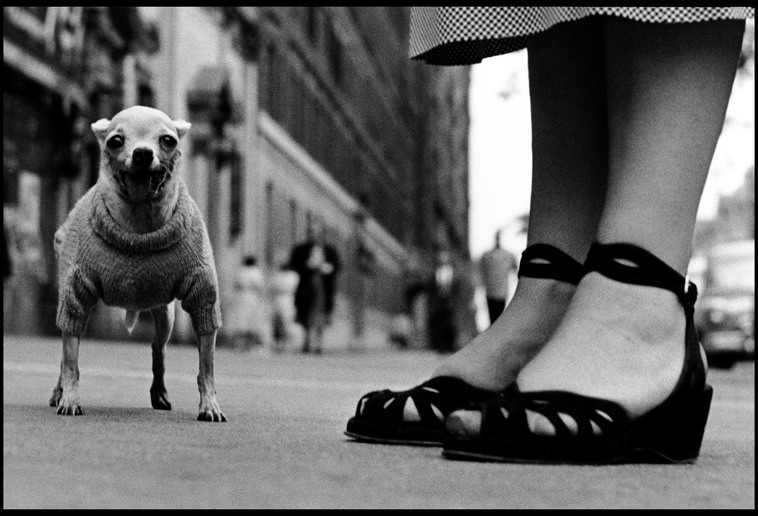
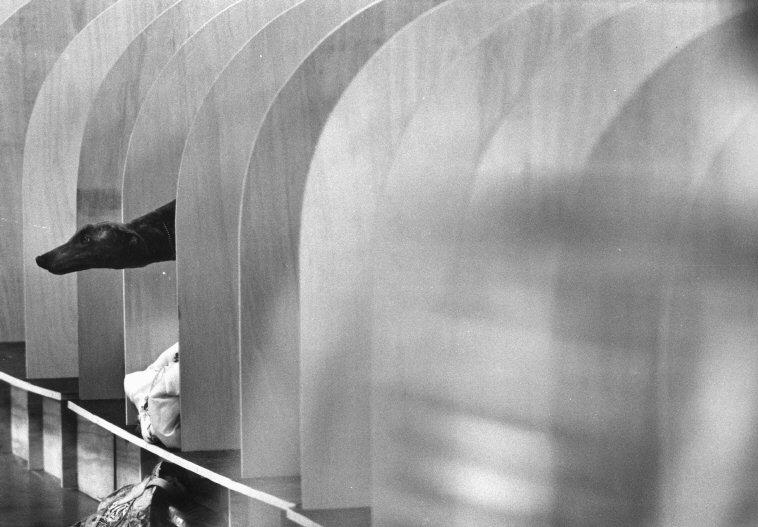
The last section of the tour, as we said, is dedicated to his experiments with the frontiers of abstraction and the expressiveness of forms and has been located, in a successful montage, under the brick vaults of the Foundation. He played with lines and displayed his sense of harmony, a fundamental visual balance for him; Most of these pieces are surrounded by a black box: this is the edge of the negative, which proves that he did not want to crop them or edit the frame. He only modified it in specific cases, probably when he wanted to show his genius as a photographer.
Almost all of these works were taken in the city or its suburbs, and in the few examples in which he chose to show us beaches or mountains, he tried to look for human footprints in them. In any case, despite its formal intention, irony is not absent in these scenes, even if it is more discreet: in the form of evocations of the past, bold winks, the photographer's intentions that are not difficult to guess… Erwitt did not seek approaches that would confuse the viewer regarding to what was contemplated, but compared to the rest of his production, here he accentuated his taste for the manipulation of light, geometry, the superposition of materialities…
One last note: you will find in the exhibition that the photographs collected offer no greater title than their place of taking and their date. It was an intentional way of doing things: this artist understood that each one of them had to speak for itself, express the grace present in the mundane, and that, if it needed to be explained, its splendor would evaporate.
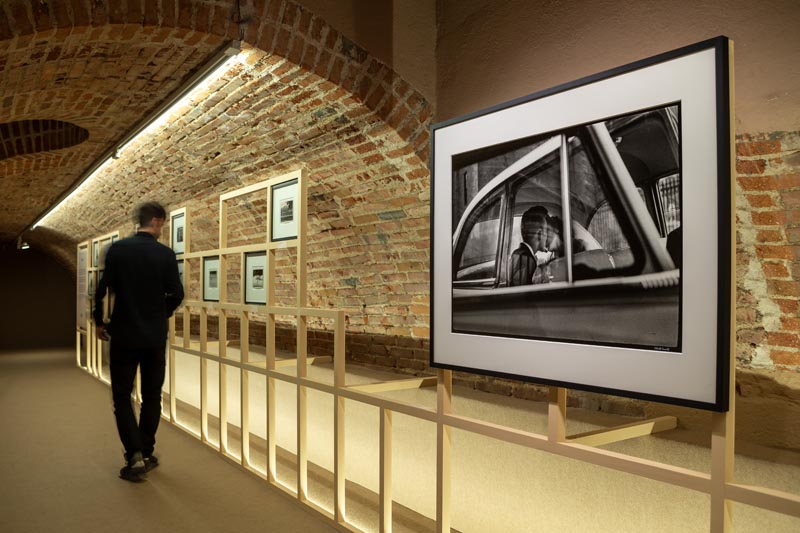
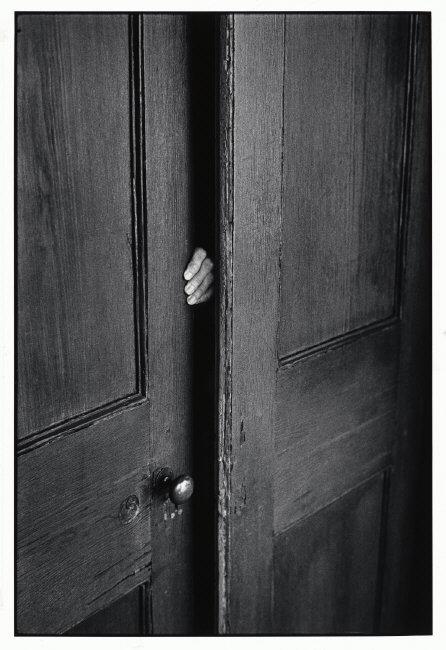
Elliott Erwitt. “The human comedy”
CANAL FOUNDATION, CANAL DE ISABEL II
c/ Mateo Inurria, 2
Madrid
From May 15 to August 18, 2024


